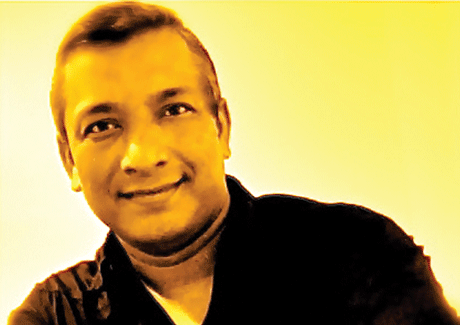The Big Debate: The good, bad and ugly of Indian Advertising: Subhash Kamath
As part of our year-end special, we reproduce the thoughts shared by industry captains on the good, the bad and the ugly of Indian advertising in conversations with Campaign India. Read what Subhash Kamath, managing partner, BBH India had to say.
by Campaign India Team

To continue enjoying this content, please sign in below. You can register for free for limited further access or subscribe now for full access to all out content.
Sign In
Trouble signing in?
Register for free
✓ Access limited free articles each month
✓ Email bulletins – top industry news and insights delivered straight to your inbox
Subscribe
✓ All the latest local and global industry news
✓ The most inspirational and innovative campaigns
✓ Interviews and opinion from leading industry figures
